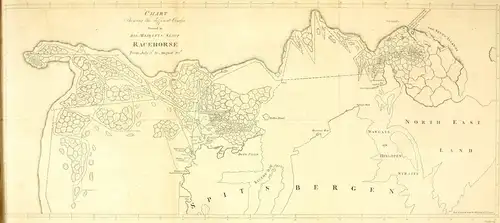Exploring the Wonders of the Deep Sea
The deep sea remains one of the most mysterious and least explored regions on our planet. With its vast, dark expanses and unique ecosystems, it continues to captivate scientists and adventurers alike.
Unveiling the Mysteries
Recent advancements in technology have allowed researchers to delve deeper into the ocean than ever before. Submersibles and remotely operated vehicles (ROVs) are now capable of reaching depths that were previously inaccessible, providing us with unprecedented views of the deep sea's wonders.
Unique Marine Life
The deep sea is home to a plethora of unique and often bizarre marine creatures. From bioluminescent jellyfish to the elusive giant squid, the diversity of life in these dark waters is truly astounding. These organisms have adapted to the extreme conditions of their environment, showcasing the incredible resilience of life.
Challenges of Deep-Sea Exploration
Exploring the deep sea is not without its challenges. The immense pressure, frigid temperatures, and complete darkness make it a hostile environment for both humans and machines. Despite these obstacles, the pursuit of knowledge drives scientists to continue their exploration efforts.
Technological Innovations
Innovations in underwater technology have been crucial in advancing our understanding of the deep sea. High-definition cameras, advanced sonar systems, and improved submersible designs have all contributed to the success of recent expeditions. These tools allow researchers to capture stunning images and gather valuable data from the ocean's depths.
Conservation Efforts
As we learn more about the deep sea, the importance of conserving these fragile ecosystems becomes increasingly clear. Human activities, such as deep-sea mining and pollution, pose significant threats to these environments. Efforts to protect and preserve the deep sea are essential to ensure the survival of its unique inhabitants.
Future Prospects
The future of deep-sea exploration holds great promise. With continued advancements in technology and a growing commitment to conservation, we can look forward to uncovering even more of the ocean's secrets. The deep sea remains a frontier of discovery, offering endless opportunities for scientific research and adventure.
For more information on deep-sea exploration, visit our website.
Blog


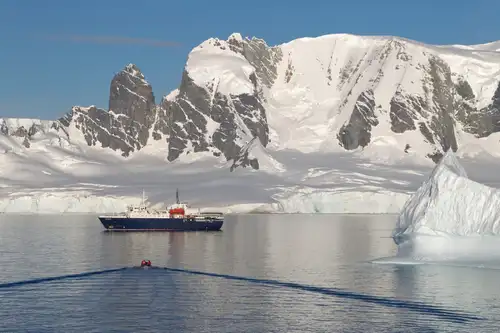
The Best Arctic and Antarctic Trips for Families
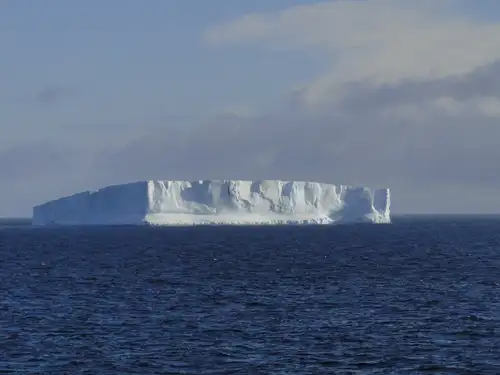
Weddell Sea: the Original Antarctic Adventure
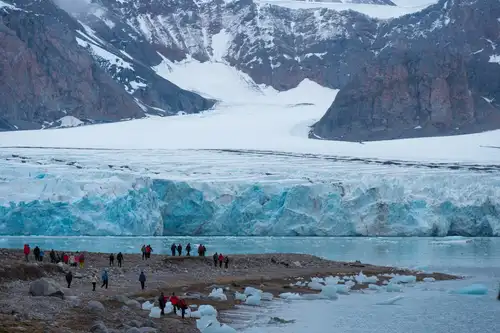
16 Conversation-Starting Svalbard Facts
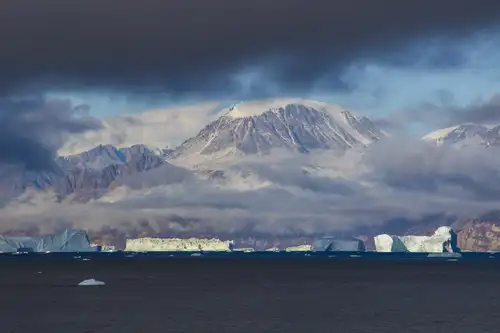
Greenland: East vs. West
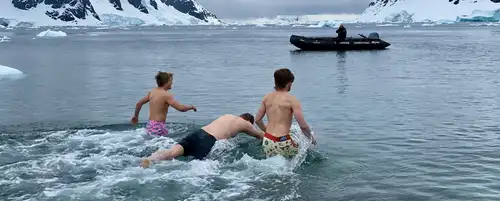
Taking the Polar Plunge
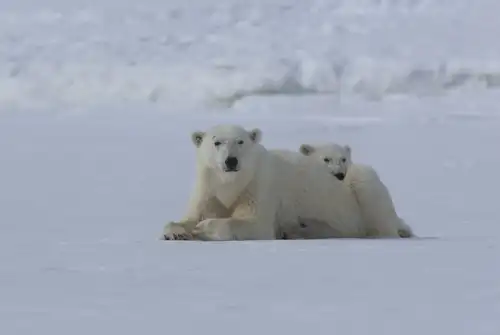
Polar Bears and Pack Ice: 22 Pics from North Spitsbergen
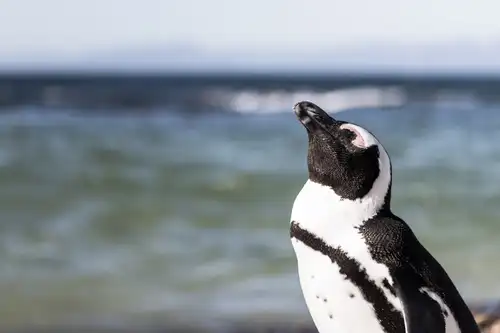
How Arctic Wildlife Differs from Antarctic

Encounter with the emperor penguin in Antarctica
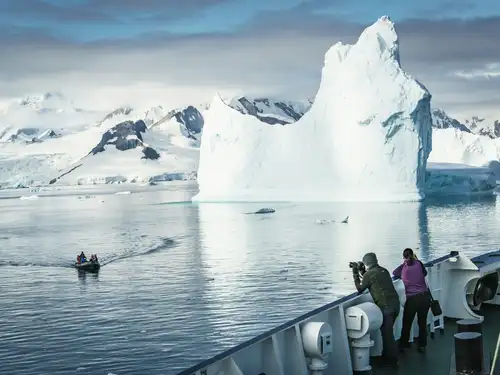
Antarctic Explorer’s Voyage

Amphibian, reptiles and herbivore mammals in the Arctic

The bowhead whale, whaling about the Arctic

The Classic Polar Cruise: Antarctic Peninsula Facts, Pics, and More
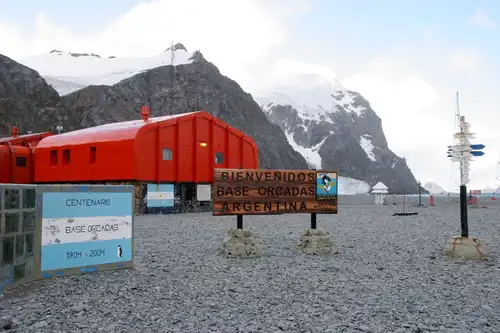
A Look Into the International Research Stations of Antarctica
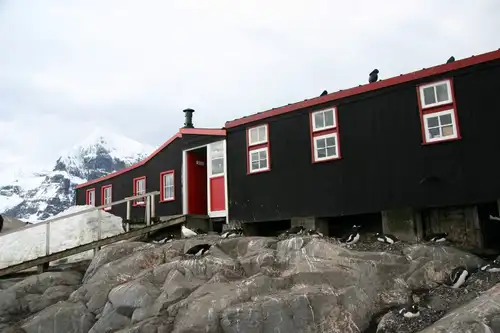
Port Lockroy: History, Post Office, and Resident Penguins
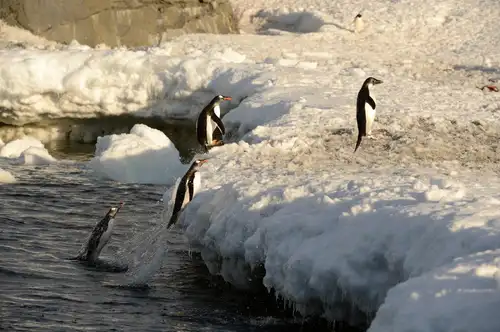
10 Terrific Antarctic Bird Facts
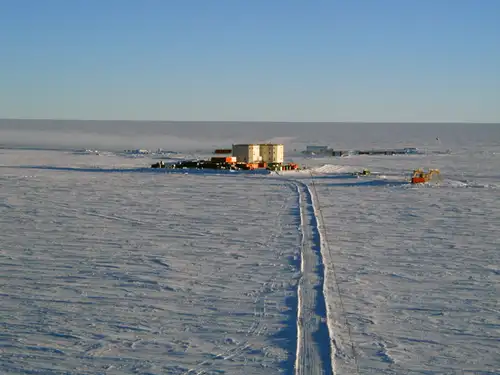
Day and night in Antarctica
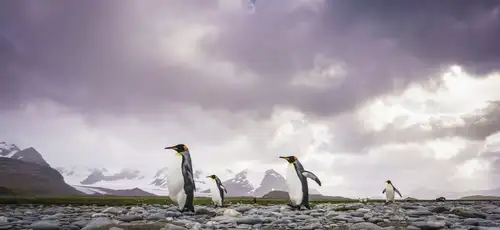
Penguins, Albatrosses, Petrels: The Winged Wildlife of South Georgia
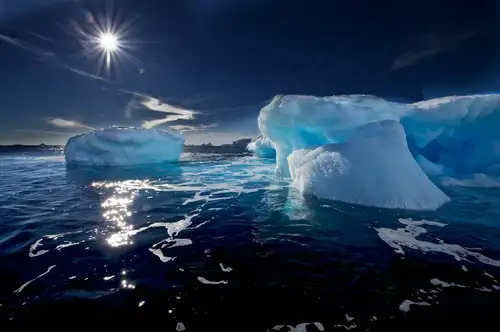
Everything you need to know about Antarctic icebergs
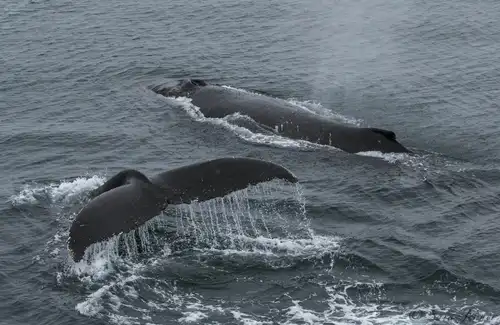
Polar Marine Visitors: the Whales of Antarctica and the Arctic
